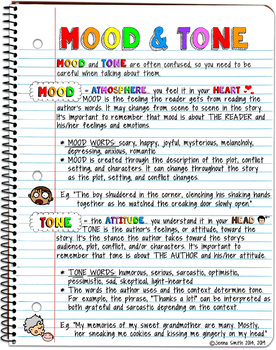
A long press undoes or redoes an overdub. Once you activate it by pressing the phrase looper button the basic functions are straightforward: The left footswitch starts and stops recording, and adds overdubs. Ignoring everything else, the Microcosm is a great looper pedal. The looper is also an essential ingredient in what makes the Microcosm special. It’s quite easy to get lost turning knobs as a loop plays, slowly pushing it towards a wash of ambiance. In fact, it’s quite easy to record a simple loop through the Microcosm and build a full, rich and evolving arrangement simply by changing the parameters. While you can connect an expression pedal and perform some filter sweeps, the way it reacts when you start turning multiple knobs at once makes it feel like an instrument as much as an effect. This level of interaction and depth also means the Microcosm feels just at home on a desktop as it does a pedalboard. As you layer more delay lines on top of each other, and the more they repeat, they create new and increasingly complex rhythms until you reach complete chaos. While Repeats controls the number of times each tap sounds. Turning up the Activity increases the number of “taps” or delay lines. A simple example of this would be in the Pattern effect which is a rhythmic multitap delay. They’re also highly interactive - meaning changes you make to Activity can impact the way the Repeats control behaves. In short, they’re macro controls that aren’t mapped to one specific parameter and instead control a host of things depending on which effect you’ve chosen. “In general, Activity gives you ‘more’ or ‘less’ of what each preset does, and Repeats controls how long the effect goes on for.”
MICROCOSM VS MOOD MANUAL
The manual breaks it down pretty well, though:

(The secondary controls in light gray are accessed by holding down the shift button.) I say relatively because, while it’s fairly obvious what “mix” does, the “Activity” and “Repeats” controls are a little vague. The eight knobs to the left all have relatively clear primary and shift functions. Those lights also show value levels, the direction of audio playback and are how you navigate the global menu. Each effect lights up as it’s selected and the four lights above the middle footswitch (which turns the pedal on and off) indicate which particular preset of that effect you have selected.

The lone encoder on the right navigates through the various presets. There are a number of buttons, lights and knobs on the front that might seem a bit intimidating at first, but it’s easy to figure things out once you get going. (This turned out to be a real godsend since my cheapo pedalboard power supply introduced a lot of noise.)
MICROCOSM VS MOOD PLUS
On the plus side, Hologram Electronics includes a power adapter in the box, which almost no pedal manufacturers do anymore. This is fairly uncommon on synths and other guitar pedals and means you might need a TRS to dual TS cable to hook up your gear. My one complaint here is that the stereo input is a single TRS jack as opposed to separate right and left ones. It’s not the biggest pedal, but it’s definitely large by modern standards.Īround the back, you’ll find the requisite audio ins and outs, along with 5-pin MIDI In and Out/Thru, and an expression pedal jack. The first thing you’ll notice: It’s huge. So let’s begin with the actual hardware itself. Honestly, there’s so much to cover when talking about the Microcosm that it’s hard to know where to start. But overall, you have an impressive number of tone-shaping tools at your disposal. Some of these have limited controls, which is understandable considering the interface limits. There’s also a freeze function, MIDI support, and an assignable expression pedal port. There’s an excellent reverb unit, a modulation section, a resonant lowpass filter and a 60-second phrase looper onboard. Part of what makes the Microcosm stand out among a growing sea of granular and glitch pedals is the supporting cast of features Hologram Electronics includes.


In essence, this is a hyper-specific type of multi-effects pedal. And each effect has four variants, bringing the total number of presets to 44 (not including the 16 user slots). The pedal has 11 different effects, divided into four categories. The Microcosm is, at its core, a granular processor, meaning that it chops up incoming audio into little bits, processes them and spits them back out.


 0 kommentar(er)
0 kommentar(er)
